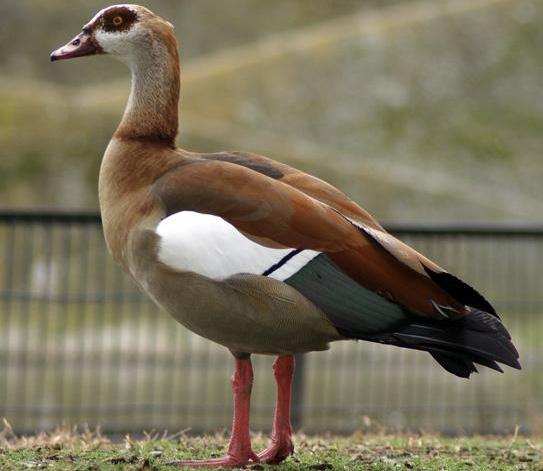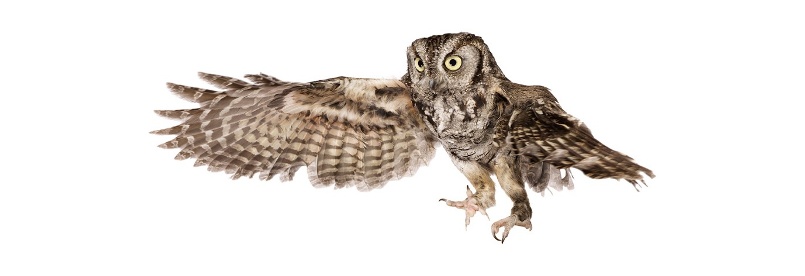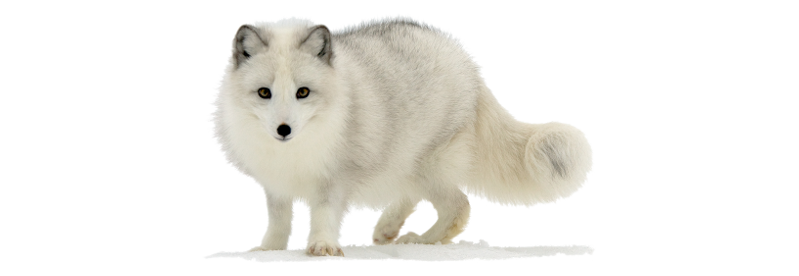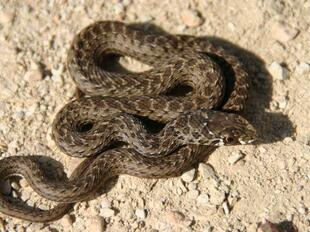
Egyptian goose(Alopochen aegyptiacus)
Phylum —chordata
Class — aves
Order — anseriformes
Family — anatidae
Genus – alopochen
Appearance
Egyptian geese have long necks, long pink legs, a pink bill and brown eye patches encircling each eye. They are distinguished from closely related species by a brown patch in the middle of the chest. The upper wings and the head are brown, while the rest of the body is light brown. The underside of the wings is white and green. Juveniles do not have the brown eye patches or a patch on the chest.
Egyptian geese are anywhere from 63 to 73 cm in height and they can weigh from 1.5 to 2.3 kg. The wingspan is fairly large, measuring 38 cm, on average.
Distinguishing between males and females can be a challenge. The females are smaller than the males, but otherwise both sexes look alike. One way to tell them apart is by their sound. Males make a raspy hiss, while females produce a cackling sound.
Habitat
Egyptian geese are widespread throughout Africa except in deserts and dense forests. In addition, there are numerous introduced populations derived from escaped ornamental birds in Western Europe, Florida and New Zealand.
Behavior
Egyptian geese remain together in small flocks during the year, primarily for protection. During the breeding season they pair up, but otherwise stay with their flocks. They are mostly non-migratory and will generally move about only if water in their area is in short supply. They are good swimmers but most of their time is spent on land. During the day they may wander away from the water in search of food in grasslands or agricultural fields but at night always return to the water. Both genders are aggressively territorial with their own species during breeding and often pursue intruders in flight, attacking them in "dogfights" in the air.
Diet
Egyptian geese are primarily herbivores, feeding on grass, seeds, stems and leaves from various plants, as well as grains, potatoes and other types of vegetables. They also eat worms and locusts.
Reproduction
Egyptian geese are monogamous and a pair stays together for their whole life. Males are quite aggressive during mating. Each male performs an elaborate and noisy courtship display, producing unusually loud honking noises for the purpose of attracting a female. These geese breed in spring or when the dry season ends. A pair nests on its own on the ground, sheltered by vegetation, sometimes higher on a ledge or in a tree, or in an abandoned nest of another species up in a tree, or inside a hole. Females lay 5 to 11 creamy white eggs. Incubation is by the female only and lasts for around 28 to 30 days. Births are synchronized. Both the male and the female feed and care for the chicks. The young fledge at about 60 to 75 days, remaining under the care of their parents for almost 4 months. The chicks reach maturity when they are 2 years old.
Lifespan – between 20 and 25 years.
In captivity
When keeping this species, it is necessary to have a pool with water or a natural reservoir. The optimal ratio of the reservoir area to pasture is 20% water and 80% pasture. The optimal area of the entire enclosure is 200 sq. m. The optimal height of grass in the pasture is 7.5 cm.
It is necessary to build a poultry house on the territory of the aviary. Geese will be able to hide in itfrom the cold and wind in the cold season. You need constantly toupdate the litter in the poultry house. For such bedding, you will need about 40 kg of dry straw (hay). It is important to replace the wet bedding in time. Otherwise, the plumage quickly becomes dirty and does not protect the bird from the cold.
The poultry house should be made of wood or mud. Humidity and drafts are not allowed in it. Proper maintenance of geese is the key to their health.
During the construction of a poultry house, it is very important to take into account that at least one square meter of floor space should be allocated for one adult goose. With a higher density, the room will quickly become polluted, and the air in it will stagnate. This can cause diseases of wild geese and significantly reduce their productivity. Once a year, you need to whitewash the walls with freshly slaked lime.
Geese eat natural grasses. You can add to herbs: wheat grains, waterfowl pellets, and chicken feed. If there is not enough grass on the pasture, it is necessary to bring mown fresh grass. In winter, you can feed sliced vegetables, especially good to give cabbage and salads. Not averse to eating worms, insects and shellfish sometimes.
Egyptian geese should be kept separate from other types of geese.























